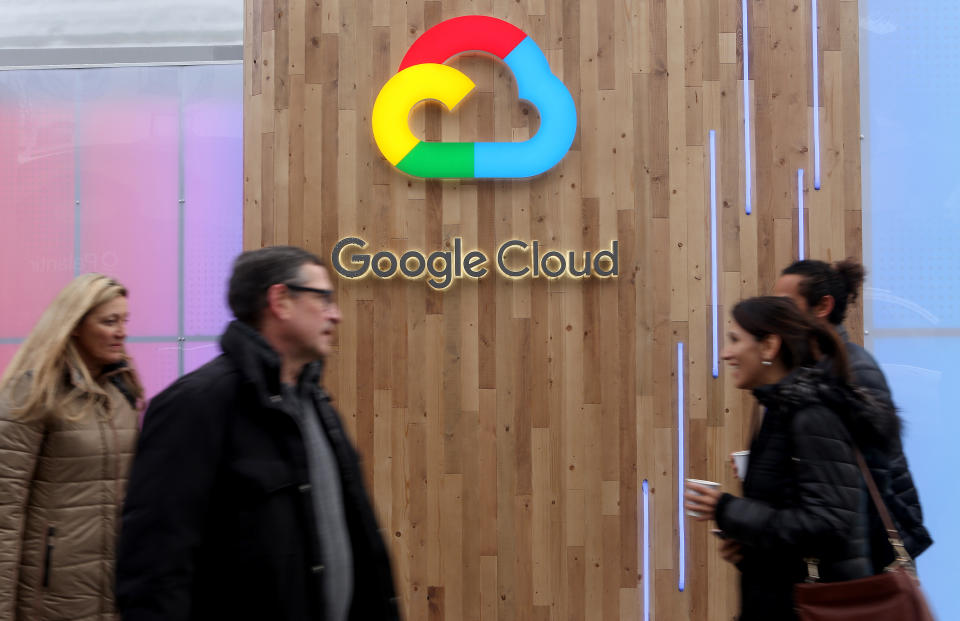Google consumes more energy than Hawaii—and it's 100% renewable
Google (GOOG, GOOGL) is an enormous company, but its physical presence is almost entirely out of sight.
Google’s cloud is contained in enormous data centers all around the world – and they require a lot of power. That’s why Google has an energy department that figures out how to power these sites with renewable energy.
“When people think of Google, they think of Search, YouTube — all of these things are hosted somewhere in a data center,” said Neha Palmer, Head of Energy Strategy, Global Infrastructure, at Google. “We use a significant amount of energy to power these data centers. These are large, football-field-sized installations.” (By using cloud computing, users don't have to manage physical servers themselves or run software applications on their own machines.)
Google has operations on four continents, and the energy footprint is enormous.
“Last year, we used 10-terawatt-hours of electricity,” Palmer said. “To put that in perspective, it’s a little bit more than the state of Hawaii used last year.”
Working on four continents, however, buying renewable energy can be tricky. Google has the goal is to remain carbon neutral, which it has been since 2007, an objective that Palmer attributes to Google’s founders, Sergei Brin and Larry Page.

But it’s not always possible to buy renewable energy everywhere, as some regions don’t have the infrastructure set up. To make that work, some regions offset others. Essentially for every kilowatt hour of energy Google consumes, it buys a kilowatt hour of renewable energy, which makes it possible to stay net neutral, according to Palmer. The goal is to be renewable, across the globe, across the calendar.
Besides running the buying for Google’s data center power, Palmer and Google’s energy teams often play a role in shaping the regions in which it operates.
“We don’t stop at the buying, we actually work with governments, utilities, and locations where there isn’t access to renewable energy and open that up,” said Palmer.
She said that when the company started in Taiwan, there was no access to renewable energy. Instead, you had to buy via the grid. But over the years, Google has worked with the government and utilities to open things up for corporate customers that wanted to buy renewable. Palmer said that if Google opens up a market, it hopes to open it up to other companies that wish to do the same.
Palmer and her team aim to keep the buying strong, but she said that there’s a similar effort on the other side of Google’s power story — how it consumes. Palmer said that Google is using machine learning to make energy centers more efficient and optimize the data centers’ cooling infrastructure.
As Palmer puts it, “the megawatt that you don’t use is the most important piece of efficiency.”
--
Ethan Wolff-Mann is a writer at Yahoo Finance focusing on consumer issues, personal finance, retail, airlines, and more. Follow him on Twitter @ewolffmann.
Bank of America will pay people $15 to use its app
Companies are secretly scoring you, but good luck getting your data
This is the worst deal on Cyber Monday
57% of boomers who manage their own money should rebalance their portfolios: Fidelity
'Snake oil salesmen': Two neurologists respond to the CBD craze
Large-scale credit card hackers back for the holiday season, ex-FBI investigator says
Read the latest financial and business news from Yahoo Finance
Follow Yahoo Finance on Twitter, Facebook, Instagram, Flipboard, LinkedIn, YouTube, and reddit.
